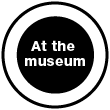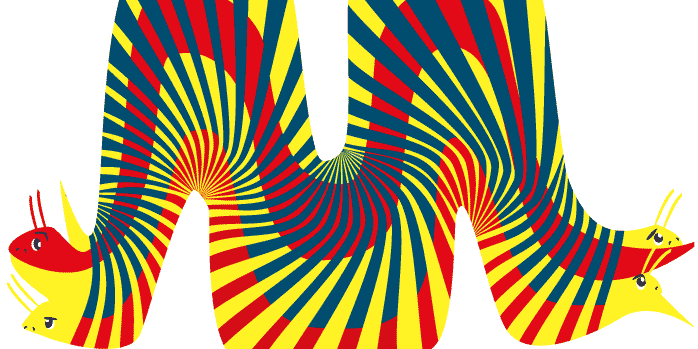


 |
||
 |
||
|
How many colors do you see in this picture? Contrasting colors placed side-by-side in a picture influence each other. The shade of red inside the yellow spirals is exactly the same shade of red inside the blue spirals. They appear to be different because the yellow influences our perception of the red, making it look yellowish. This phenomenon is called "color assimilation." A similar phenomenon occurs in the Blue-Barred exhibit, where a dark background makes a blue line look even bluer. The phenomenon is the opposite of the one in the Orange and Brown are the same Colour! exhibit. There, a dark background makes the colors look lighter. This illusion has the same name as its discoverers - Munker-White. Recent research demonstrates that none of the existing scientific explanations for this very strong illusion are good enough. It appears to be the result of a complex combination of mechanisms, such as color determination (see the Orange and Brown are the same Colour! exhibit). One thing is clear: the illusion cannot be explained by lateral inhibition (see the Lightness is Relative exhibit), since the mechanism at work there is responsible for the opposite illusion, called Color Contrast. Links: Related exhibits:
|
||

 Influential Neighbors
Influential Neighbors